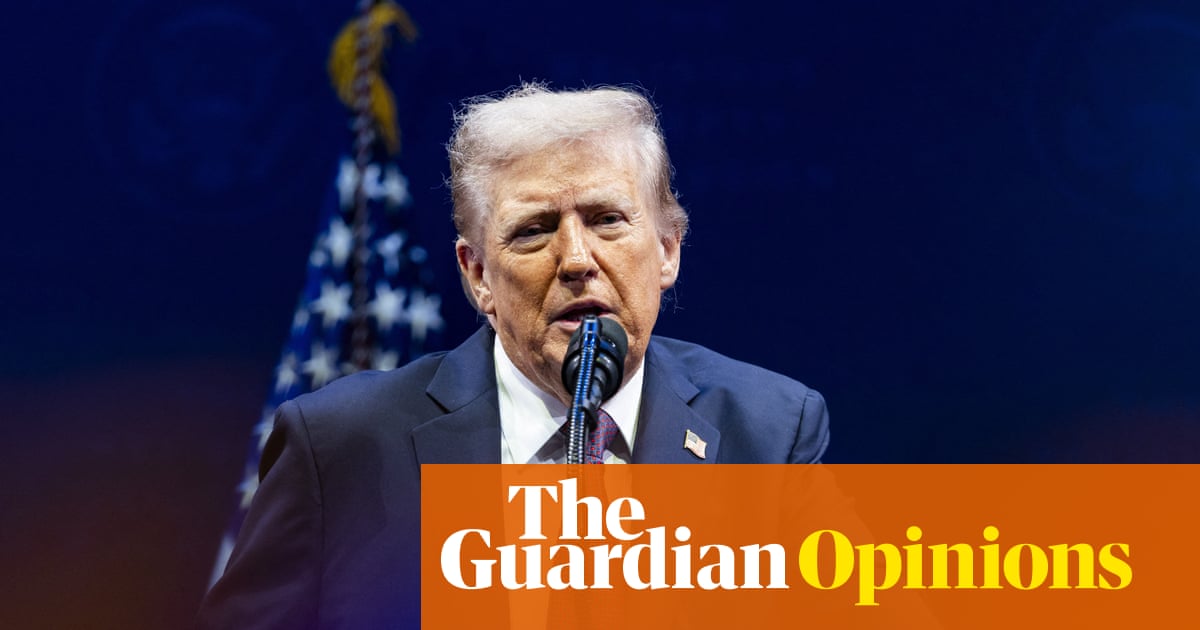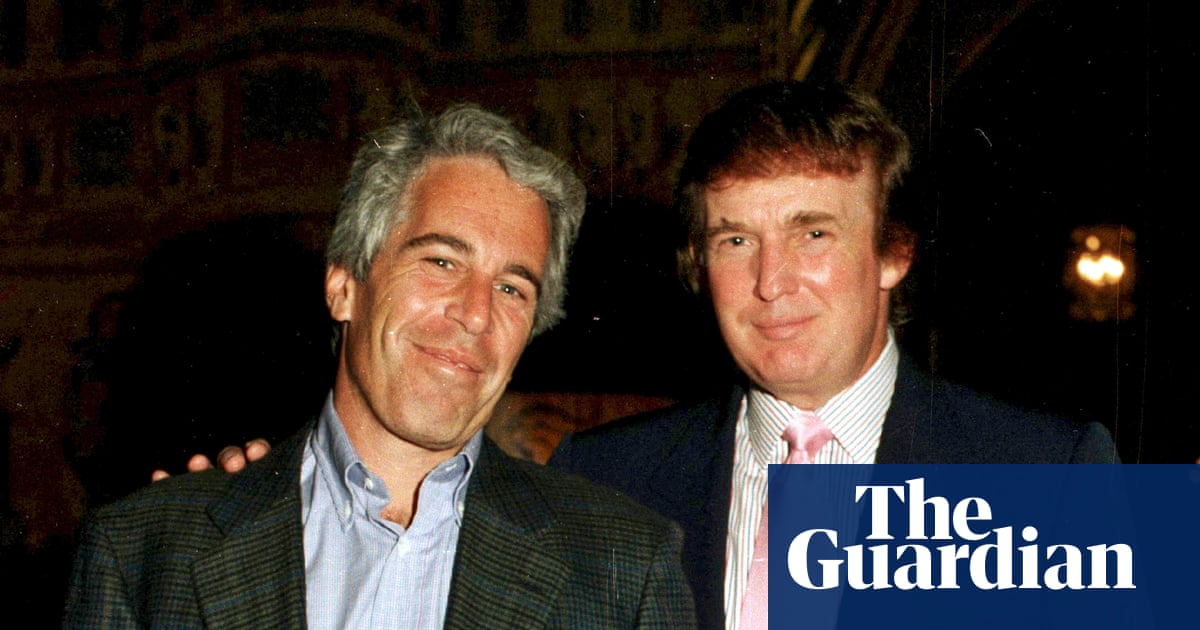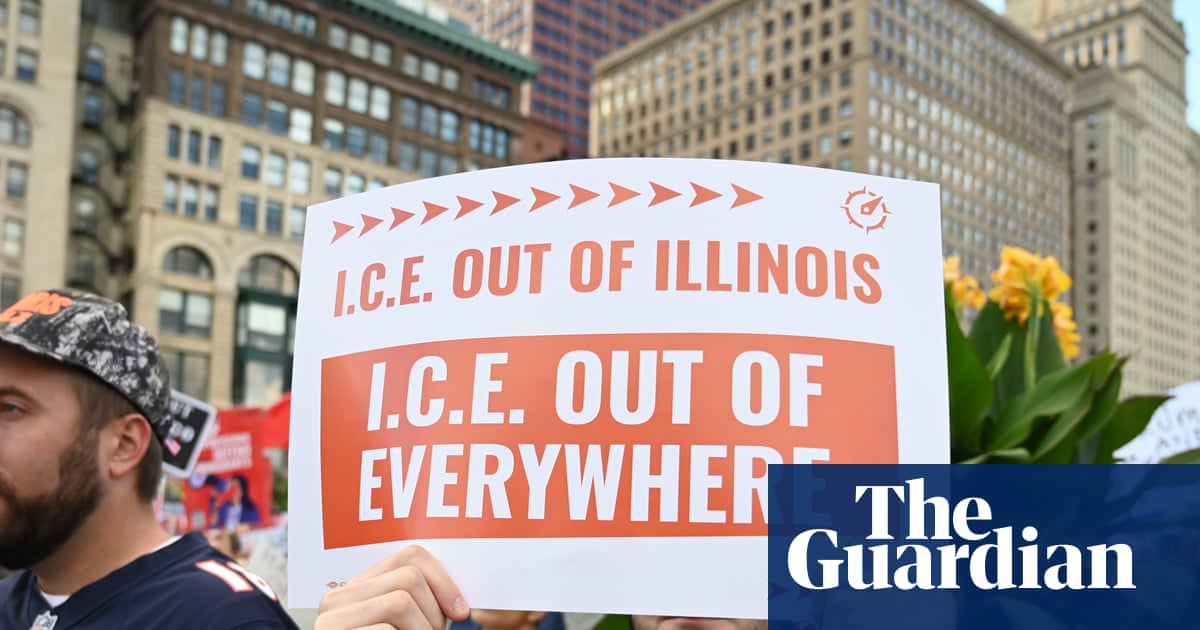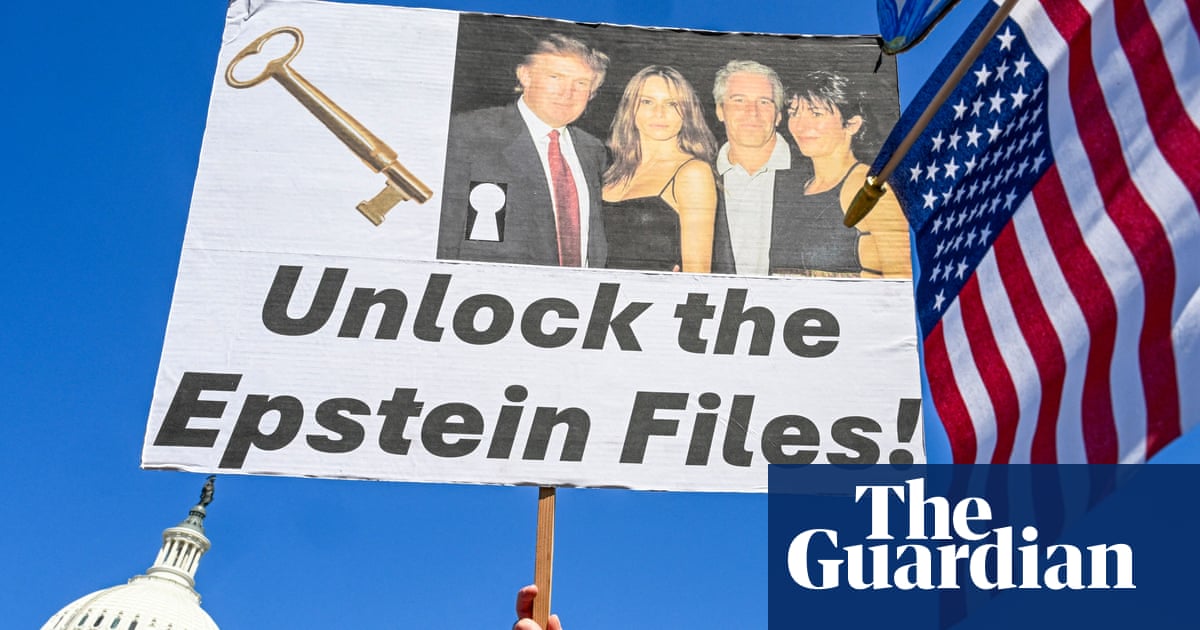When Beverly Daniel Tatum told a friend that she was writing a book about higher education, he replied: “I think being a college president has to be the hardest job in America.” Indeed, the academic year 2023-24 was an “annus horribilis for college presidents”, according to the Chronicle of Higher Education.
And that was before Donald Trump returned to the White House and sought to bend them to his will.
Over the past seven months the US president targeted elite universities, accusing them of fostering antisemitism, liberal bias and un-American diversity, equity and inclusion (DEI) initiatives. His administration has frozen billions of dollars in federal research funding to pressure institutions to align with its ideological goals.
“I wish I knew what was motivating it,” says Tatum, a former president of Spelman College, one of the US’s leading historically Black colleges and universities (HBCUs), via Zoom from Atlanta. “It is quite puzzling, given the fact that higher education in the United States is the envy of the world – or has been.
“Many institutions are a major source of importing talent, a major source of prestige in terms of research and innovation, and that has been true for quite a long time. It’s not clear to me why anybody would want to disrupt that. It is unfortunate that it is being disrupted in this way and I don’t think it will bode well for the United States in the long term.”
Tatum, 70, was president of Spelman from 2002 to 2015, a period she describes as “the best years of my life”. She received the Award for Outstanding Lifetime Contribution to Psychology, the highest honour presented by the American Psychological Association. She has also written four books, including the bestseller Why Are All the Black Kids Sitting Together in the Cafeteria?
(Her answer to that question, in summary, was: “Because there’s comfort in being with people who have a shared experience and a shared understanding. But what people don’t always recognise, particularly at predominantly white institutions, is that the students who are sitting together in the cafeteria are often the same students who are writing for the campus newspaper or working on the yearbook or playing on the sports teams.”)
Tatum returned to the higher education arena in July 2022, spending a year as president of Mount Holyoke College in South Hadley, Massachusetts. She recalls: “During that year so many people asked me: ‘Why would you do that?’ ‘Isn’t that a horrible job?’ ‘It seems to be the hardest job in America.’
“Of course, being a college president is very challenging but, in the questions that people asked me, I could see that there was a lack of understanding about colleges and how they operate and the good that leaders can do for not only the institution but for the larger society.”
She decided to write “an insider’s guide to higher education” and the issues facing its leaders. Peril and Promise: College Leadership in Turbulent Times is part memoir and part call to action. It grapples with multiple, interlocking crises in higher education: declining enrollment and rising costs, debates around free speech and antisemitism, unionising student workers and athletes.
All of it has been turbocharged by Trump, who has has shaken the US’s cathedrals of learning to their foundations and put colleges presidents in the crossfire of the culture wars. In April his administration said it would freeze more than $2.2bn in grants and $60m in contracts to Harvard after the institution vowed to defy demands to limit activism on campus.
Earlier this month the White House suspended $584m in federal funding for the University of California, Los Angeles over allegations of civil rights violations related to antisemitism and affirmative action. It has also launched investigations into alleged antisemitism at numerous institutions, often tied to campus protests over the Israel-Gaza war.
More than 660 presidents of colleges, universities, and scholarly societies have signed a statement denouncing Trump’s actions as “unprecedented government overreach”.
Tatum laments an assault on education, science and knowledge itself. “It does say something fundamental if we look at the disruption of the historic partnership between the federal government and research universities, the cutting of the National Science Foundation and NIH [the National Institutes of Health] and the interruption of grants, even as they’re coming to completion.
“If we look at the attack on science more broadly and universities as places of cultural production and science, one has to wonder how attacks on the production of knowledge matches up with making America great again. I can’t connect that dot.”
Harvard has been the most defiant, suing the administration over funding cuts and international student bans, arguing these actions infringe on academic freedom. It is negotiating a potential $500m settlement but insists on preserving its autonomy.
Universities including Columbia, Brown and the University of Pennsylvania have negotiated settlements, agreeing to pay millions and make policy changes, such as banning masks at protests or revising transgender athlete policies, to secure funding. Some observers have accused them of capitulation.
Tatum comments: “It is important for institutions to stand up for themselves. At the same time, having been in the president’s role, it is easy for people looking in to say you should do X or you should Y. Armchair quarterbacking is a popular sport.
“But the alums of these institutions – if you think about the graduates of Harvard and Columbia and the Ivy League more broadly – make up the large percentage of leaders and decision makers in the United States. If all those leaders and decision makers stood up and said, stop attacking our institutions, we would see a change in behaviour.”
There has been no greater flashpoint since Hamas’s terrorist attack on Israel on 7 October 2023 than antisemitism and Islamophobia on university campuses. In April Harvard promised to review its academic offerings and admissions policies in response to a pair of internal reports on antisemitism and anti-Arab prejudice.
after newsletter promotion
Tatum says: “It’s important to point out that there are Jewish students who were opposed to what was happening in Palestine. Some of the protests at Columbia were being led by Jewish students so it’s kind of misrepresenting what happened on campus to talk about it as a case of being antisemitic or not.
“Clearly, there was a lot of hostile behaviour being directed toward Jewish students – that was real – as was their hostile behaviour being directed toward Muslim students.”
Republicans have accused university leaders of allowing antisemitism to run unchecked; activists say they are trying to suppress legitimate criticism of Israel. Asked if she thinks Trump has weaponised the issue, Tatum offers only a six word answer: “It looks that way to me.”
Tatum advocates bringing students together for Jewish high holidays, for example hosting a meal to break the fast after Yom Kippur, as a way of affirming the presence of Jewish students on campus. “If you’ve been doing things like that where students feel recognised, feel seen, you might still disagree about what’s happening in the Middle East but it’s not necessarily going to be framed as, you’re antisemitic or the institution is antisemitic.”
For HBCUs, meanwhile, these are the best of times and the worst of times. As Trump takes aim at elite institutions such as Harvard and Columbia, HBCUs are flying below the radar and witnessing a surge in applications. But they face difficulties of their own.
“As the society becomes more anti-Black in its expression, we see students seeking out HBCUs as communities where they will feel affirmed, included and not have to deal with a lot of unnecessary distractions that are rooted in their identity as Black students. As people are talking about eliminating historical references in museums, for example, all of that fuels interest on the part of Black students in HBCUs because they know that’s a place where their history is not being erased.
“The challenge is that many of the applicants are in need of financial aid and HBCUs don’t have enough financial aid to go around to meet the full need of all those students. Even recognising that HBCUs generally charge less than predominantly white institutions do, access is a challenge because of limited financial resources.”
Chapter two of the book is entitled: Who’s afraid of DEI – and why? Tatum notes that a “backlash against racial progress” and the “rise of White nationalist movements” has manifested in a flurry of measures aiming to restrict discussions on social justice issues and dismantle DEI programmes, threatening academic freedom and free speech.
Tatum explains: “When we talk about DEI, that word diversity in particular resonates for many people, sounds like you’re talking about people of colour and, if you’re white, you feel left out of that conversation.
“In an ideal world, we would understand diversity as everyone.”
Tatum adds: “Affirming the identity is not affirming just the identity of those on the margin; it’s affirming everyone’s identity. When everyone feels seen, heard and understood, everyone has a sense of belonging. That sense of belonging is a great predictor of whether you will feel like you can thrive in a particular institution.”
She views the current pushback against DEI and other forms of social progress as part of a historical pattern. Referencing Dr Martin Luther King’s 1967 book Where Do We Go From Here: Chaos or Community?, she highlights his observation: “After every period of racial progress there’s push back against that progress.”
Having been born in 1954, the year of the Brown v Board of Education decision that desegregated public schools, she has witnessed “mostly forward progress” over 70 years. “I often say, in part to cheer myself up, the degree of the pushback is in response to how much progress there was.
“The culmination of Barack Obama’s election, certainly in 2008 and again in 2012, certainly seems to have been the impetus for voter suppression activity, which took off in 2013 and since to prevent that kind of election again. But having said all that, I do think the pattern is two steps forward, one step back. So the question is, when will we step forward again?”

 German (DE)
German (DE)  English (US)
English (US)  Spanish (ES)
Spanish (ES)  French (FR)
French (FR)  Hindi (IN)
Hindi (IN)  Italian (IT)
Italian (IT)  Russian (RU)
Russian (RU)  6 hours ago
6 hours ago
























Comments